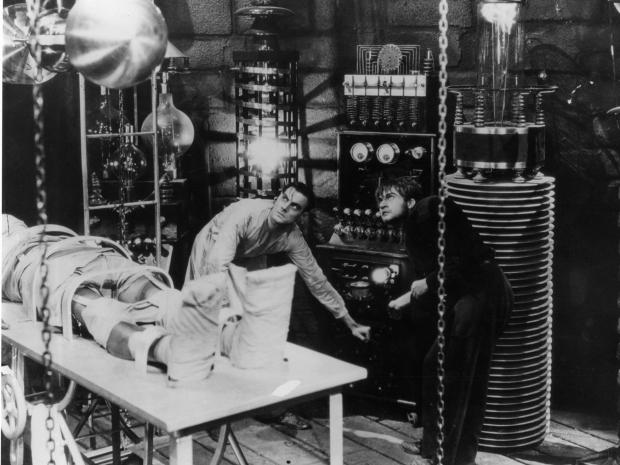The work, detailed in a study published in Advanced Materials, is the brainchild of doctoral student Sathvik Iyengar and a crew of international researchers. The gang managed to grow this hybrid by mixing silicon and carbon in a liquid and then fiddling with oxygen levels to first birth graphene and then form a silica layer on top. The result was a two-dimensional material that nature never intended.
Iyengar said: "The layers do not just rest on each other; electrons move and form new interactions and vibration states, giving rise to properties neither material has on its own.”
Most 2D materials are like a disappointing sandwich where everything slips apart after one bite. But in glaphene, the layers aren't just tolerating each other, they’re getting chemically intimate. That means new electronic and vibrational quirks that no one has seen before.
Raman spectroscopy data started raising eyebrows when it refused to match known signatures. Signals didn’t behave like silica or graphene, suggesting stronger-than-usual interlayer bonding. Suspecting they'd done something properly strange, the team called in outside help.
Marcos Pimenta, a spectroscopy guru from Brazil, was summoned to make sense of the mystery. He thought some of the oddities were artefacts, a cautionary tale for everyone who thinks repeatable data means reliable data.
However, quantum simulations from Penn State’s Vincent Meunier confirmed that graphene and silica were forming partial bonds, allowing electrons to frolic freely between layers. This turned their hybrid monster into something with semi-conductor ambitions.
Iyengar said: “ This was not something only one lab could do. This research was a cross-continental effort to create and understand a material nature does not make on its own.”
According to Rice professor Pulickel Ajayan, the real win here is the ability to glue together previously incompatible 2D materials.
Iyengar, who spent a year in Japan under the Quad Fellowship (backed by the US, India, Australia, and Japan), credits Ajayan for encouraging scientific mischief: "Since I started my Ph.D., my adviser has encouraged me to explore mixing ideas that others hesitate to mix."
The team is already pursuing a patent in the US, proving this isn’t just a vanity project but a serious attempt to commercialise science fiction.
The US Air Force and Brazilian science councils are providing funding.

